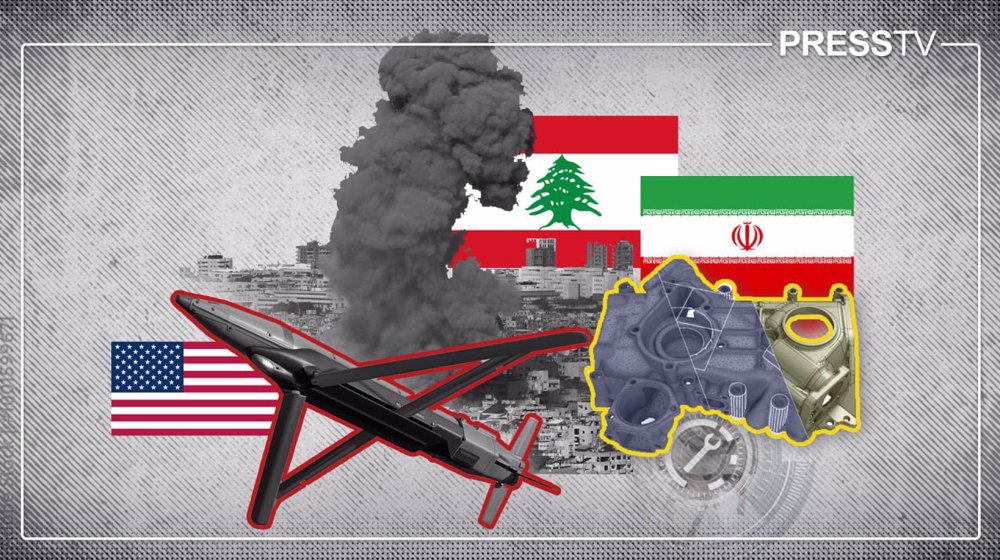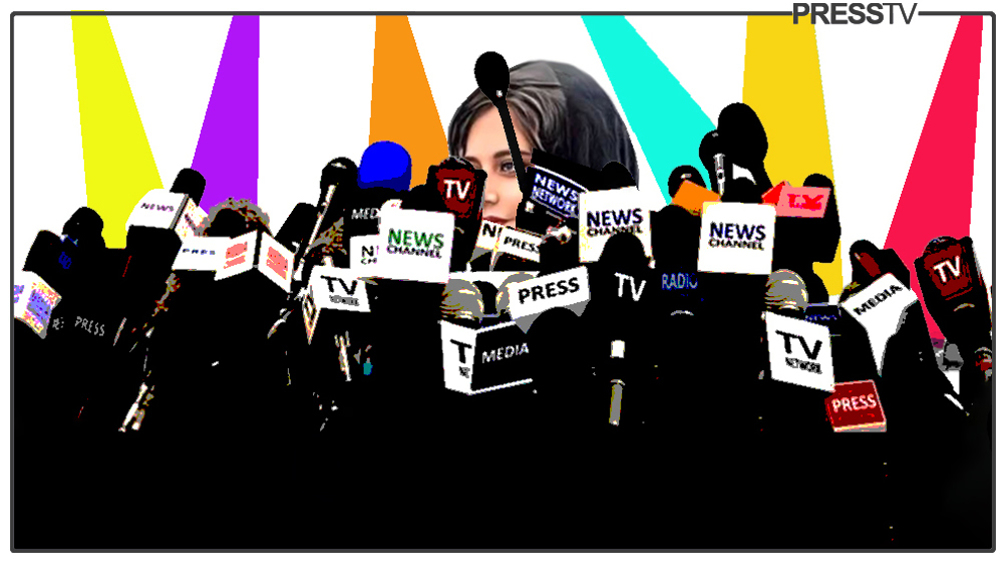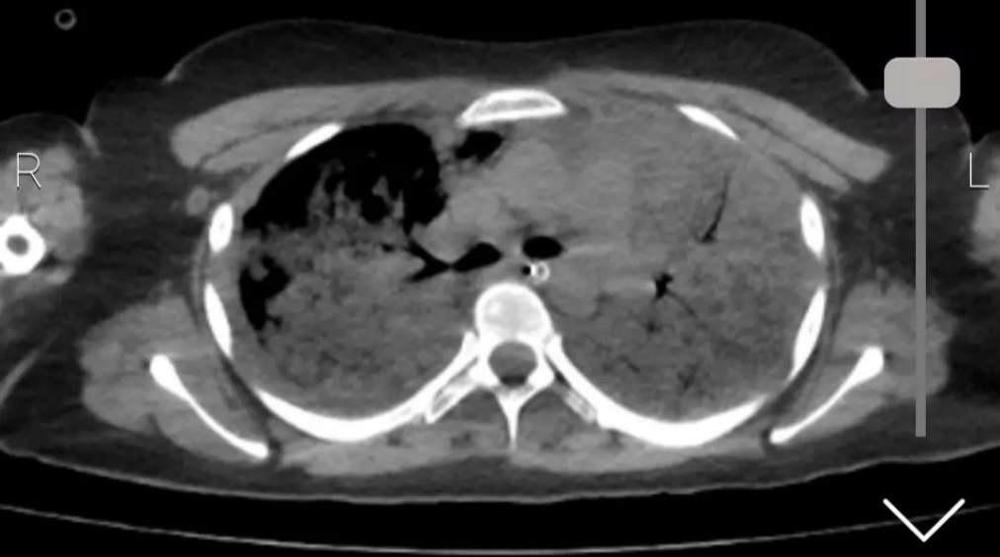Response to Mahsa Amini’s death: Peaceful protests or Islamophobic riots?
By Omar Ahmed
The tragic death of a 22-year-old Iranian woman while in police custody has understandably drawn large-scale protests, not only across Iran but among the largely secular diaspora living in the West.
I say ‘understandable’, as with pretty much every country across the world, law enforcement is not exactly the most adored state institution and Iran is evidently no exception to this.
The incident, still under investigation, has again fueled calls for “regime change” in Iran accompanied by violent acts of vandalism, with explicit endorsement and support by Western countries and their media.
There have been scores of reported deaths including among those in the security forces.
As has been reported in recent days, CCTV footage showed Mahsa Amini collapsing soon after speaking with a female police officer at a police station where she was to receive educational training on modest dress rules.
Disputing widely-publicized reports that she was beaten by morality police over her “improper hijab”, police say she suffered a heart attack before being transferred to a hospital where she was later pronounced dead.
According to the Director General of Forensic Medicine in Tehran, there were “no signs of skull fracture, bleeding, or rupture of Amini's internal organs". This has led the authorities to deduce that the young lady died due to natural causes.
The claim that Amini succumbed due to injuries inflicted by the police has been primarily attributed to the US-based and US-employed regime-change provocateur Masih Alinejad.
The propaganda she and her supporters have been disseminating in recent days includes fake news. One such incident was exposed at the time of writing this piece – the viral footage of a woman tying back her uncovered hair before confronting police and allegedly being shot.
It turns out that this person was falsely claimed to be a certain Hadis Najafi who was reportedly killed in the riots. Before this misinformation could be refuted, though, snazzy graphics based on the footage of the woman tying her hair had already been widely shared.
The powerful imagery of women burning their Hijab has arguably been the most prominent selling point of this latest anti-government “movement” to audiences around the world.
While there is certainly room for debate on many issues related to this incident, the loose coalition of disparate, mostly-secular 'oppositionists' - be it in Iran or elsewhere - has shown that this so-called “movement” has little to do with Amini’s death or even progressive politics.
Suffice it to say, there have been a series of counter-protest movements across Iran in recent days, drawing millions of people who strongly denounced the rioting, hijacking of Amini’s death by foreign hostile states, and in some cases, acts of sacrilege.
Indeed, some anti-government rioters have revealed their very open disdain for the Islamic faith. In Iran, for example, these rioters were seen setting alight a banner dedicated to Imam Hussein (peace be upon him), especially around a sensitive time in the Islamic month of Safar, days after Arbaeen.
More Islamophobic actions were witnessed in the heart of London, where members of the anti-Iran MKO terrorist group and pro-monarchy hooligans attacked the annual, peaceful Arbaeen procession that saw the participation of women and children.
As in many countries, the apolitical, non-governmental event takes place each year by the city’s Shia Muslim community who hail from diverse backgrounds and nationalities.
This year’s march was originally scheduled to take place on September 18 but was postponed by a week due to the security lockdown ahead of Queen Elizabeth II’s state funeral.
The clashes didn’t stop with the targeting of the Arbaeen procession – falsely branded as “regime supporters” online, but included rioters vandalizing one of the main Shia mosques in the UK – the Islamic Centre of England that has affiliations with the Islamic Republic.
One individual from the unruly mob was seen climbing up the mosque and waving the flag of the pre-revolutionary monarchists, while others pelted the place of worship with glass bottles and other objects before clashing with riot police.
As such, for security reasons the center had to cancel a religious gathering that was planned that evening, commemorating the demise of the Prophet Muhammad (peace be upon him).
There were reports on social media that the secularists planned another attack on the Islamic center the following evening, however, after dozens of Shia Muslim men gathered outside to safeguard the mosque, the plan was called off and the gathering relocated to Trafalgar Square.
Admittedly, one interesting outcome of this has been the unified stance by London’s Shia community, be they the pro-Islamic Republic of Iran or not.
Nevertheless, the increasing and brazen trend of Islamophobic assaults carried out by the seemingly peaceful, pro-democracy activists is a concerning development and further illustrates that the mob care little about the tenets of the liberal values they claim to uphold.
Omar Ahmed has an MSc International Security and Global Governance from Birkbeck, University of London. He has travelled throughout the Middle East, including studying Arabic in Egypt as part of his undergraduate degree. His interests include the politics, history and religion of the MENA region.
(The views expressed in this article are author's own and do not necessarily reflect those of Press TV.)
Israel recognizes Somaliland as state, drawing international condemnation
VIDEO | Press TV's news headlines
VIDEO | Pakistan signs major defense export deal with Libya
VIDEO | Gaza children at Al-Nour school call for caravans to restore education
Critical Gaza hospital runs out of fuel, suspends most services
Yemen says ready for next inevitable war, urges Muslims to be vigilant
West uses sanctions to cling to fading dominance: Moscow
Iran to host tripartite naval drill in oceanic region: Commander















 This makes it easy to access the Press TV website
This makes it easy to access the Press TV website